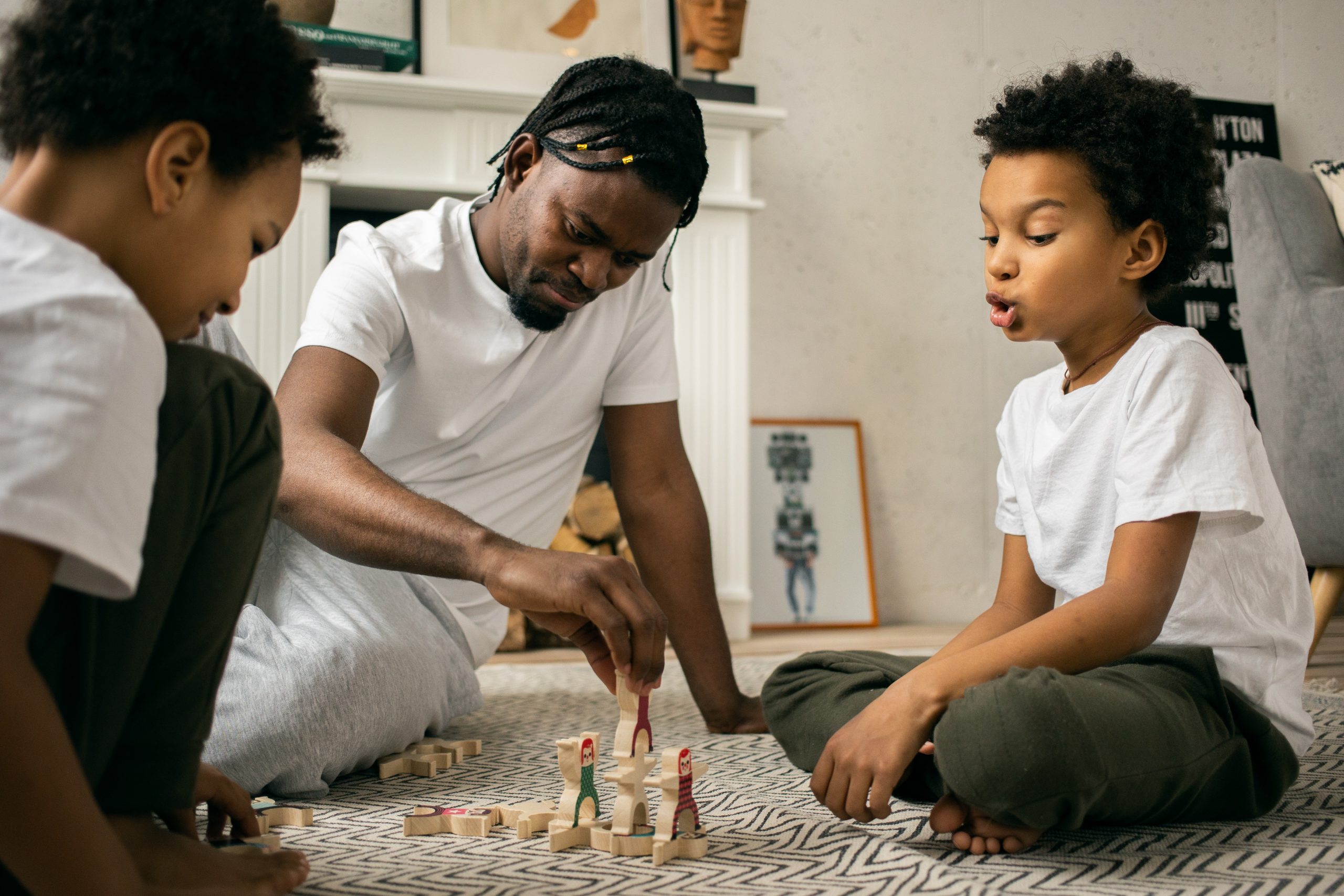Ideas to Support Your Child’s Comprehension Skills:
- Simplify instructions into smaller steps
- Allow extra time for your child to process what is said
- Stress and exaggerate key and important information
- Repeat and rephrase instructions as needed
- Use choice questions, e.g. “Is it ___ or ____?” (with or without real object supports)
- Use yes/no types of questions if other types of questions are too hard
- Use visuals (i.e. gestures, models, pictures, real objects) to support the meaning of your words
- Provide many exposures to new words/concepts across different contexts
- Label words often throughout the day
- Use books with pictures and repetitive text patterns to support vocabulary development
Additional Ideas for Younger Children
- Talk about spatial relationships (first, middle, and last; right and left) and opposites (up and down, big and little).
- Offer a description or clues and have your child identify what you are describing.
- Work on forming and explaining categories (fruits, furniture, shapes).
- Follow your child’s directions as she or he explains how to do something.
- Give full attention to your child when he or she is speaking, and acknowledge, praise, and encourage him or her afterward. Before you speak to your child, be sure to get his or her undivided attention. Pause after speaking, allowing him or her to respond to what you have said.
- Build on your child’ s vocabulary. Provide definitions for new words, and use them in context: “This vehicle is riding on the highway. It is a car. A bus is another kind of vehicle. So are a train and an airplane.”
- Encourage your child to ask for an explanation if he or she does not understand what a word means.
- Point out things that are the same or different. Play games incorporating these concepts that he or she will encounter later in the classroom in reading readiness.
- Sort items into categories. Now try to sort them by pointing out more subtle differences between objects (e.g., rocks that are smooth vs. those that are rough, heavy vs. light, big vs. small). Again, have your child identify the object that does not belong in a given category, but now ask him or her to explain why the item does not belong.
- Expand on social communication and narration skills (telling a story) by role-playing. Play house, doctor, and store using dialogue, props, and dress-up clothes. Do the same with a dollhouse and its props, acting out scenarios and making the dolls talk.
- Read stories with easy-to-follow plots. Help your child predict what will happen next in the story. Act out the stories, and put on puppet shows of the stories. Have your child draw a picture of a scene from the story, or of a favorite part. You can do the same thing with videos and television shows, as these also have plots. Ask “wh” questions (who, what, when, where, or why) and monitor his or her response.
- Expand on your child’ s comprehension and expressive language skills by playing “I Spy”: “I spy something round on the wall that you use to tell the time.” After your child guesses what you have described, have him or her give you clues about something that he or she sees.
- Give your child two-step directions (e.g., “Get your coat from the closet and put it on”). Encourage your child to give directions to explain how he or she has done something. For example, ask your child to explain how he made a structure out of Lego blocks. When playing doctor, ask your child to explain what she did to give the baby a checkup. Draw a picture, and write down your child’s story as he or she tells it. Your child will soon grasp the power of storytelling and written language.
- Play age-appropriate board games with your child (e.g., “Candyland” or “Chutes and Ladders”).
- Have your child help you plan and discuss daily activities. For example, have him or her make a shopping list for the grocery store, or help you plan his or her birthday party. Ask his or her opinion: “What do you think your cousin would like for his birthday? What kind of fruit do we need to buy at the store?”
Information gathered from: ASHA article on speech of 4-5 year olds
Resources
Take A Look! Visual Supports for Learning
University of Maine’s “Visual Supports Learning Links and Templates”

